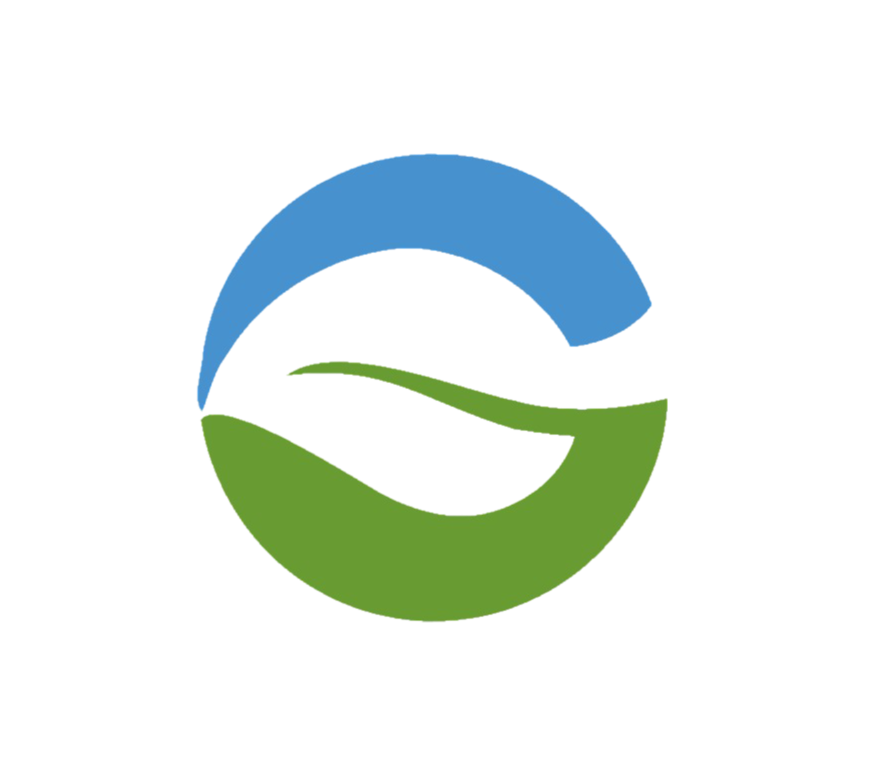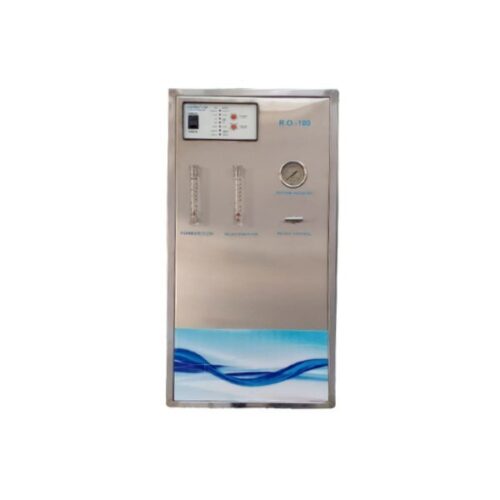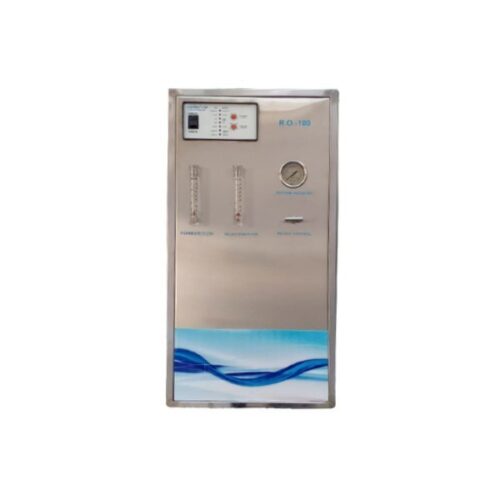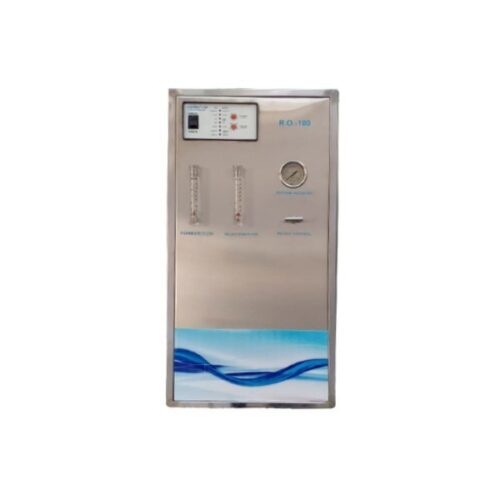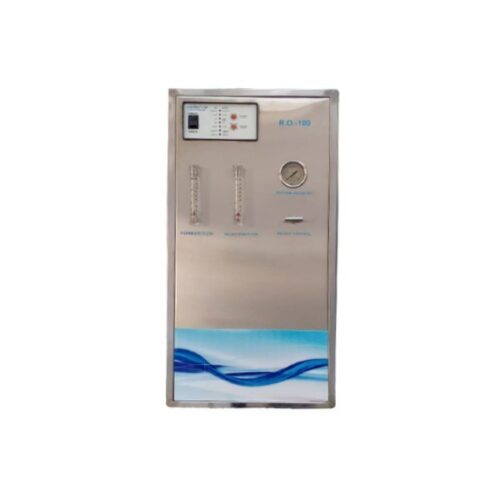Industrial RO Water Plant for Pharmaceutical Industry
In the highly regulated pharmaceutical industry, water purity directly impacts drug safety and efficacy. Industrial RO (Reverse Osmosis) water plants deliver USP/EP-compliant water by removing 99%+ contaminants—including dissolved solids, endotoxins, and residual pharmaceuticals. This page explores how RO plants for pharmaceutical industry applications ensure GMP compliance, sustainable operations, and contamination-free production.
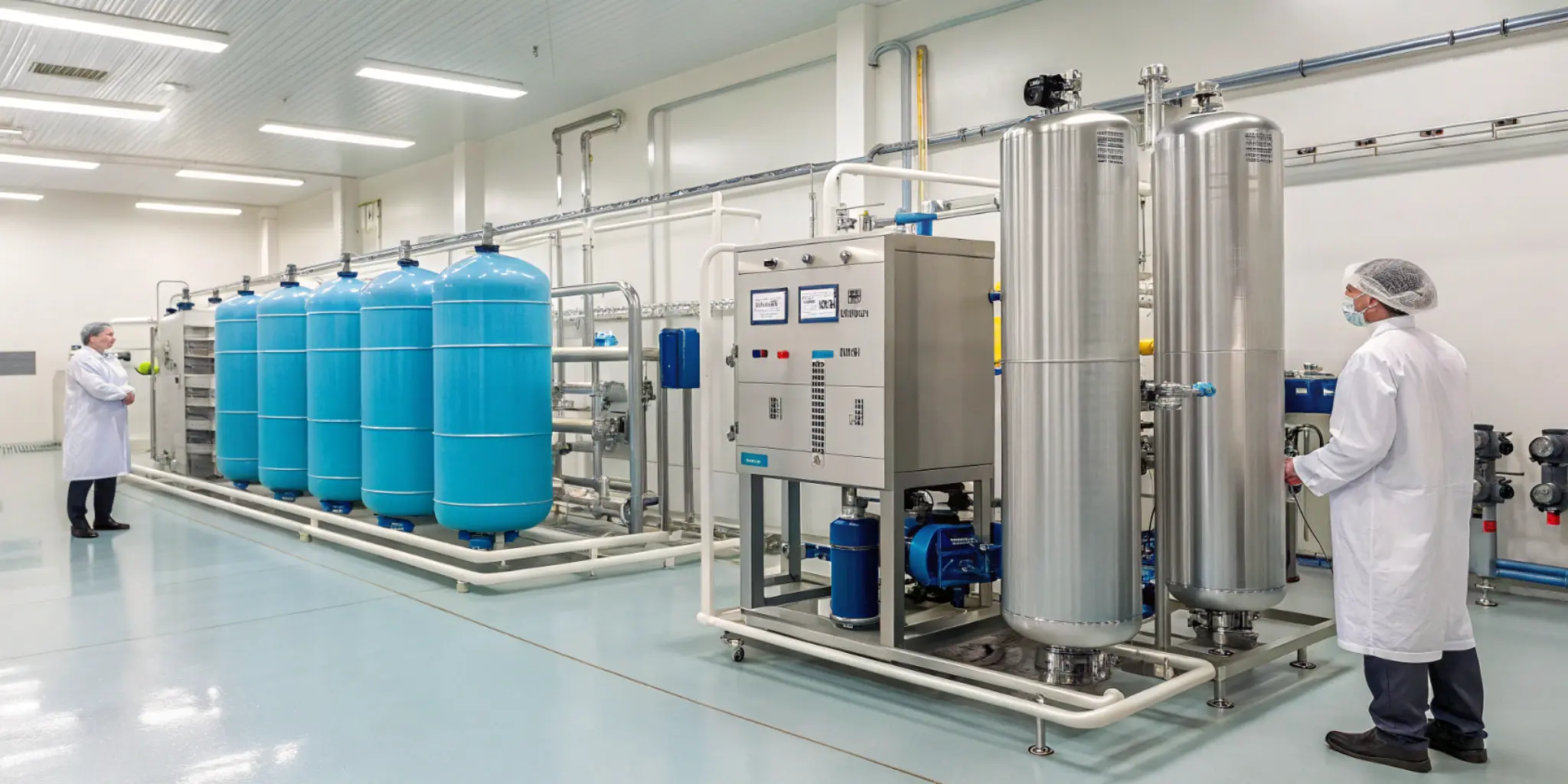
Critical Role of RO Water in Pharmaceutical Manufacturing
Pharma processes demand water grades far purer than drinking standards. A GMP compliant RO skid:
Produces Purified Water (PW) for liquid formulations, final rinse, and analytical labs.
Feeds Water for Injection (WFI) production when paired with distillation or vapor compression stills.
Blocks microbes & endotoxins essential for biologics and parenterals.
Conforms to regulations—USP <1231>, FDA 21 CFR 211, EU GMP Annex 1, and WHO TRS 970.
Types of Water Used in Pharmaceutical Applications
| Water Type | Specifications | RO Plant Role |
|---|---|---|
| Potable Water | EPA drinking standards | Feedwater source for RO systems |
| Purified Water (PW) | USP <645> conductivity <1.3 µS/cm | Primary output of RO plants |
| Water for Injection (WFI) | USP <645> endotoxin-free | RO + distillation/EDI required |
| RO Reject Water | High TDS concentrate | Repurposed for non-critical uses |
6 Stage Pharmaceutical RO Process
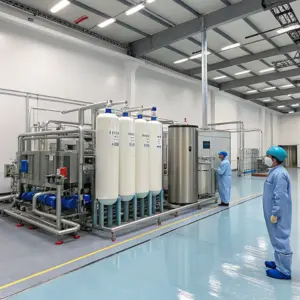
Prefiltration
Multimedia + 5 µm cartridge; pulls out silt & chlorine.
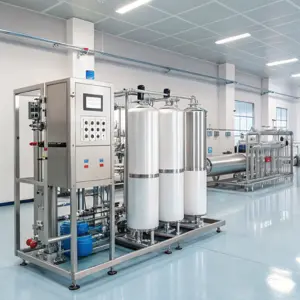
Softening
Ion exchange removes Ca²⁺/Mg²⁺ to stop scaling.
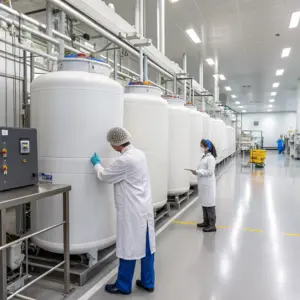
Activated Carbon
Adsorbs organics & trace APIs <200
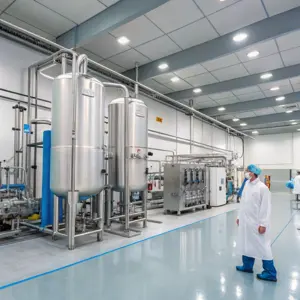
Reverse Osmosis
0.0001 µm membrane rejects ions, microbes, drug residues.
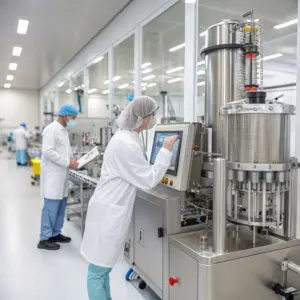
EDI / Mixed Bed Polisher
Achieves TOC < 500 ppb; resistivity >17 MΩ cm.
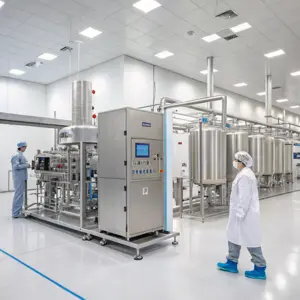
UV 254 nm / Ozone Loop
3 log microbial kill in storage & distribution.
Pharmaceutical Reverse Osmosis System Design & Validation
1
Materials: 316L stainless, 0.6 µm Ra internal finish, ASME BPE welds
2
Sanitization: Steam in place or hot water 80 °C; weekly cold chemical CIP.
2
3
Automation: GAMP 5 compliant PLC/SCADA with TOC & conductivity trending.
4
Validation Pack: IQ / OQ / PQ protocols aligned with ASTM E2500.
4
Contaminant Removal Performance
| Contaminant | Typical Level | Post-RO Level |
|---|---|---|
| Antibiotics | 1–10 µg L⁻¹ | ≤0.05 µg L⁻¹ (Log 4.3) |
| Hormones | 0.5 µg L⁻¹ | ≤0.01 µg L⁻¹ |
| Endotoxins | 0.5 EU mL⁻¹ | <0.01 EU mL⁻¹ |
| Heavy Metals | 100 ppb | <5 ppb |
Sustainable Reject Water Management
RO plants typically discharge 25 40 % of feedwater. Pharma facilities can reclaim much of this stream:
Cooling tower make up
Saves ~₹1.2 lakh month⁻¹
Boiler feed
After softening & deaeration.
Floor washing / landscaping
With conductivity monitor per ISO 14001.
Application Specific Configurations
Biotech & mAbs: Double pass RO + UF pretreatment; ozone loop.
Oral Solid Dosage: Single pass RO + UV skid for granulation area.
API Solvent Lines: RO ➜ multi effect still for solvent free WFI.
QC Labs: Compact 100 L h⁻¹ RO / EDI bench unit.
Commercial Grade RO Skids – What to Check
Capacity Modularisation: 500 → 20,000 L h⁻¹.
Efficiency: ≥75 % recovery; ERD turbo for <1 kWh m⁻³.
Certs: CE, ASME BPE, WRAS; EN 10204 3.1 material trace.
Docs: FAT, SAT, electronic logbook ready for FDA/EMA audit.
Selecting Your RO Plant: Pharma Industry Requirements
GAMP 5-compliant automation (SCADA/PLC)
3D design and hydraulic simulations
Material Traceability (EN 10204 3.1 certificates)
Post-installation validation support
Our Range of Products
Frequently Asked Questions
Can RO remove 100% of pharmaceuticals from water?
Yes. RO membranes reject 99.5%+ pharmaceutical residues >200 Daltons molecular weight. Low-MW compounds require activated carbon/advanced oxidation pretreatment.
What are the USP conductivity limits for RO-produced Purified Water?
*<1.3 µS/cm at 25°C* (USP <645>), achievable via properly maintained RO/EDI systems.
How is RO reject water recycled in pharma facilities?
Common sustainable uses include cooling tower supplementation, boiler feedwater (after softening), and sanitary utilities – reducing wastewater volume by 30-60%.
Why choose RO over distillation for WFI production?
RO reduces distillation energy costs by 50-70% and is mandatory pretreatment per USP <1231>. Hybrid RO + distillation systems optimize efficiency.
What’s the typical lifespan of pharma RO membranes?
3–5 years with proper sanitization (monthly CIP) and prefiltration. Membrane autopsy every 6 months prevents biofilm risks.
